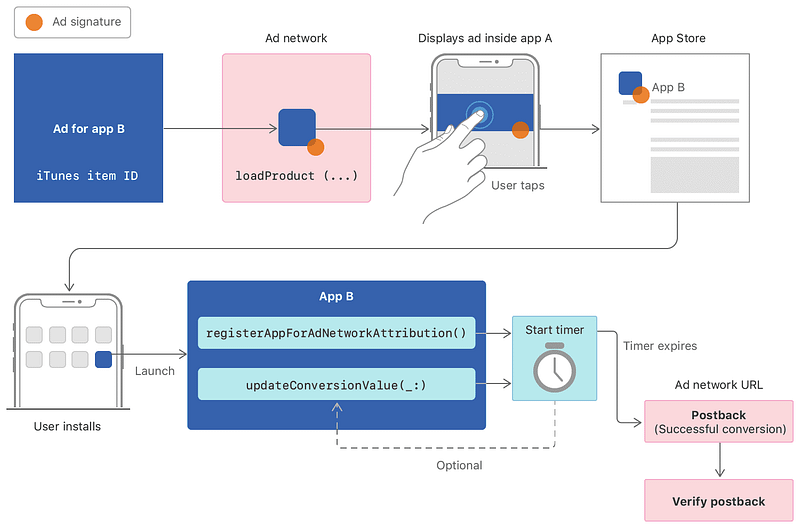Understanding Apple's IDFA Changes: Impact on Facebook and Advertisers
Written on
Chapter 1: Introduction to IDFA and Apple's Changes
Recently, Apple announced upcoming updates for its mobile operating system, which have stirred concerns within the online advertising sector. The focus of this change is an API known as the Advertising Identifier, or IDFA.
The IDFA serves as a crucial tool for advertisers, enabling them to link advertising efforts to individual devices. This process resembles the use of cookies in web browsers, although Apple’s Safari and Brave browsers have restricted this tracking method. Consequently, if you search for a specific product on one site and later encounter ads for that product on another, it’s because advertisers are utilizing this method to assess the effectiveness of their campaigns.
For mobile app developers like Facebook, the IDFA is essential for measuring the success of advertising campaigns for other apps. When a user installs an app after seeing an ad on Facebook, the IDFA helps link that installation back to the original campaign, allowing developers to evaluate its effectiveness.
With the release of iOS 14.5, however, developers must now obtain explicit user permission to access the IDFA. This requirement has led to concerns among companies like Facebook, which fear that users will opt out of tracking when prompted.
If a user declines permission, developers will receive a set of zeros when attempting to access the IDFA, appearing as follows: 00000000-0000-0000-0000-000000000000. This effectively nullifies the IDFA for those users, making it a non-viable option for advertising campaigns.
Section 1.1: How IDFA Retrieval Works
Currently, obtaining the IDFA involves a straightforward API call to the ASIdentifierManager. For developers using iOS 14.5 and later, it is necessary to include a specific key in the info.plist file labeled NSUserTrackingUsageDescription. The description provided must be valid to avoid rejection from Apple. Below is a representation of how this appears in Xcode’s project settings:

Section 1.2: User Sentiment and Facebook's Reaction
If you were to survey mobile users about their willingness to be tracked, the majority would likely decline. This widespread reluctance contributes to Facebook's frustration. Although this situation may not appease Facebook, Apple has introduced an API aimed at balancing advertisers' needs with user privacy concerns.
Chapter 2: Apple's Alternative Solutions
Apple has developed a framework called SKAdNetwork, which allows advertisers to conduct campaigns without relying on the unique identifiers of user devices. While this approach does not entirely replace the capabilities offered by the IDFA, it does provide advertisers with valuable insights into campaign performance.

To utilize this functionality, developers must first register their Ad Network with Apple. After registration, they need to configure the participating apps for the network identifier, or SKAdNetworkIdentifier, by adding relevant entries in their info.plist file.
The installed apps can then report conversions back to Apple using the registerAppForAdNetworkAttribution() or updateConversionValue(_:) methods in SKAdNetwork. Importantly, no personal data is shared with advertisers, and Apple will provide feedback on conversions within 24 hours.
What is Apple's IDFA, And Why is Facebook Angry? - YouTube
This video explains the implications of Apple's IDFA changes and Facebook's reaction.
You Can't Run FB Conversion Ads to iPhones Without Doing This (iOS 14) - YouTube
In this video, learn about the necessary steps for running Facebook conversion ads on iOS 14 devices.
Relevant documentation can be found on Apple's developer site, detailing how to effectively implement the SKAdNetwork framework.
In conclusion, while advertisers may seek ways to navigate the limitations imposed by the IDFA changes, there are still effective tools available for tracking campaign success.